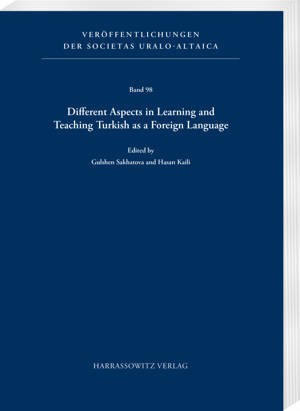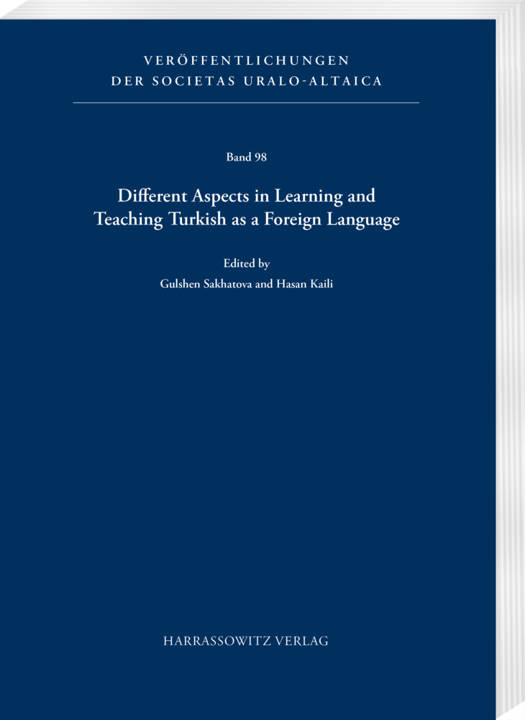
- Afhalen na 1 uur in een winkel met voorraad
- Gratis thuislevering in België vanaf € 30
- Ruim aanbod met 7 miljoen producten
- Afhalen na 1 uur in een winkel met voorraad
- Gratis thuislevering in België vanaf € 30
- Ruim aanbod met 7 miljoen producten
Zoeken
Different Aspects in Learning and Teaching Turkish as a Foreign Language
€ 111,95
+ 223 punten
Omschrijving
This collected volume aims to contribute to the rapidly developing research field of Turkish as a foreign language (TaFL). It presents studies covering a number of contexts in teaching and learning TaFL and Turkish as an academic language in different countries. The issues addressed by the authors include research on the choice of 3rd-person reference forms in the oral narratives of native speakers of Turkish and of those who learn Turkish, on the teaching of Turkish complement clauses, on the drawing of a lexico-grammatical framework for adjectives at A1 and A2 levels, a detailed survey of Turkish for academic purposes. One chapter deals with the analysis of idealized dialogues as featured in most current Turkish textbooks and offers for direct use in teaching practice a list of amusing and commonplace utterances from daily life, while the final chapter deals with inspection of the TaFL coursebooks examining the category of conditionals. With its diverse range of topics and subject matters, the volume intends to reach a wide audience, including researchers, applied linguists, and language instructors in TaFL, as well as publishing houses that deal with the development of TaFL coursebooks. All in all, this volume is thought-provoking and inspiring to new generations of learners and teachers of Turkish.
Specificaties
Betrokkenen
- Uitgeverij:
Inhoud
- Aantal bladzijden:
- 130
- Taal:
- Engels
- Reeks:
- Reeksnummer:
- nr. 98
Eigenschappen
- Productcode (EAN):
- 9783447120739
- Verschijningsdatum:
- 23/08/2023
- Uitvoering:
- Paperback
- Formaat:
- Trade paperback (VS)
- Afmetingen:
- 214 mm x 9 mm
- Gewicht:
- 303 g

Alleen bij Standaard Boekhandel
+ 223 punten op je klantenkaart van Standaard Boekhandel
Beoordelingen
We publiceren alleen reviews die voldoen aan de voorwaarden voor reviews. Bekijk onze voorwaarden voor reviews.







